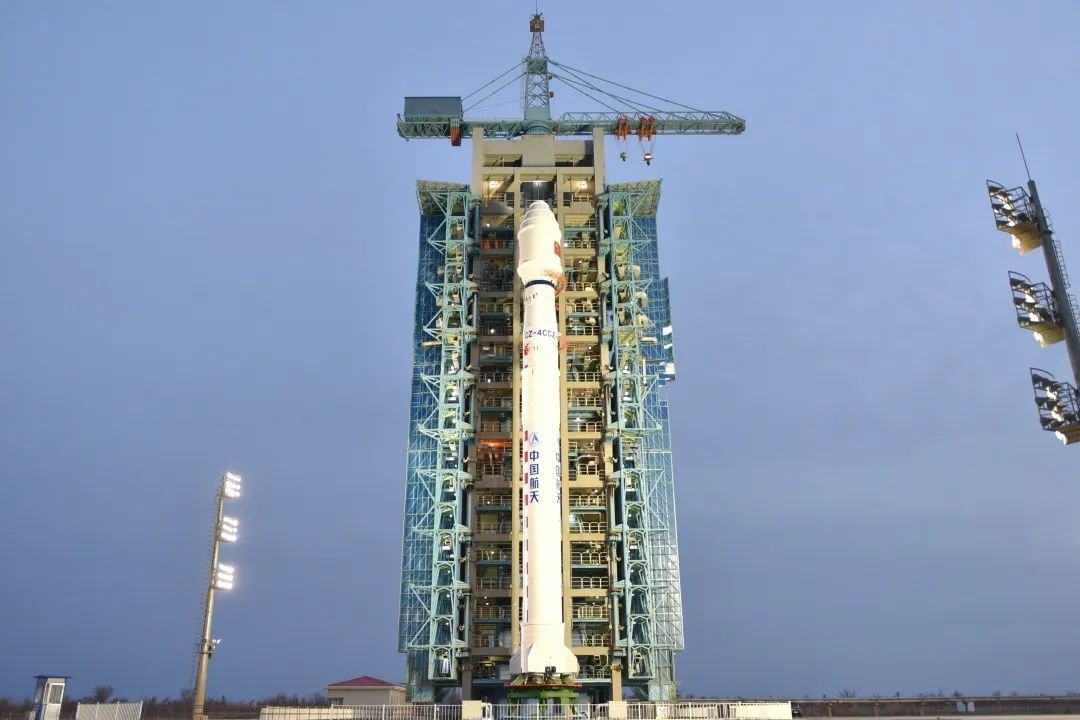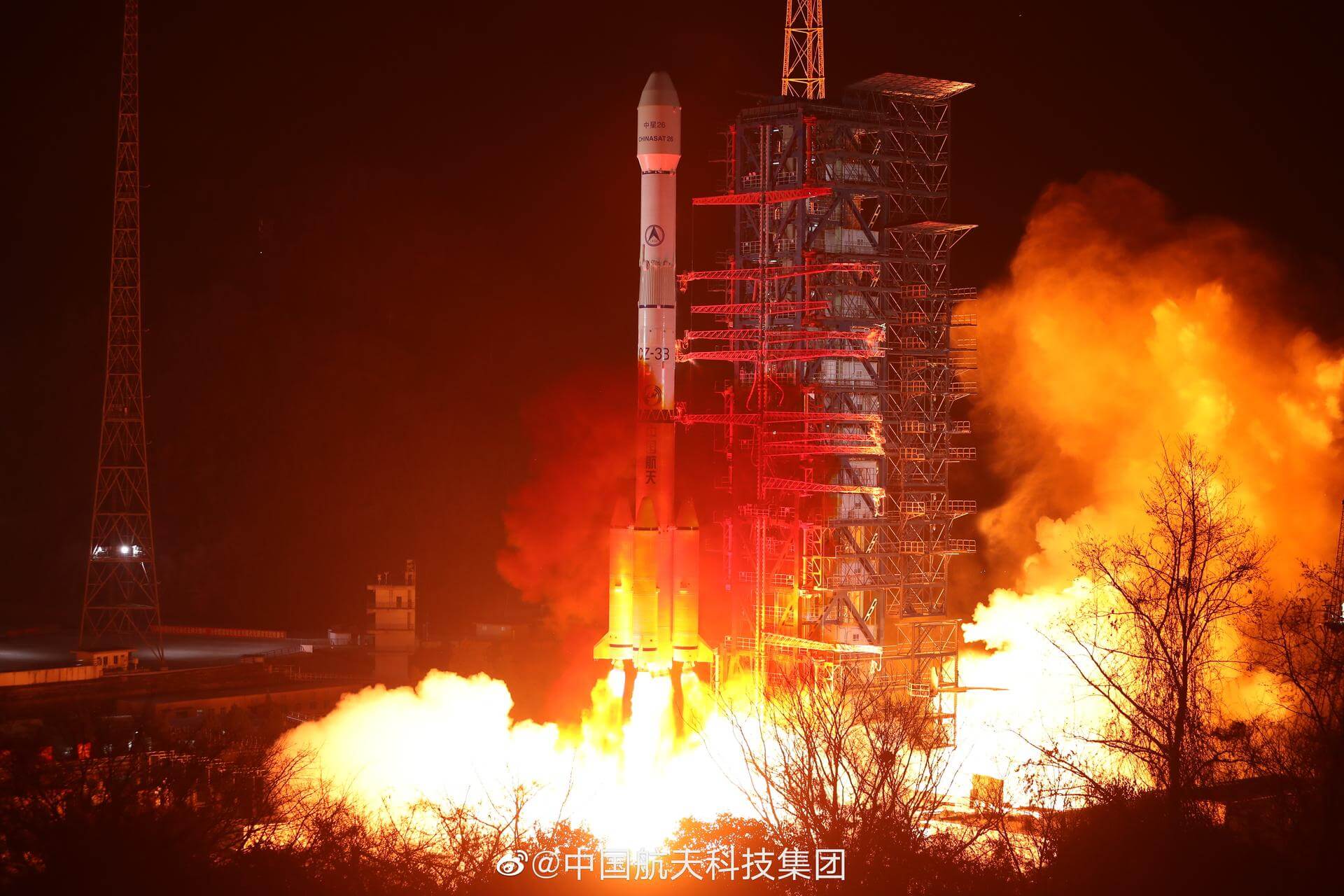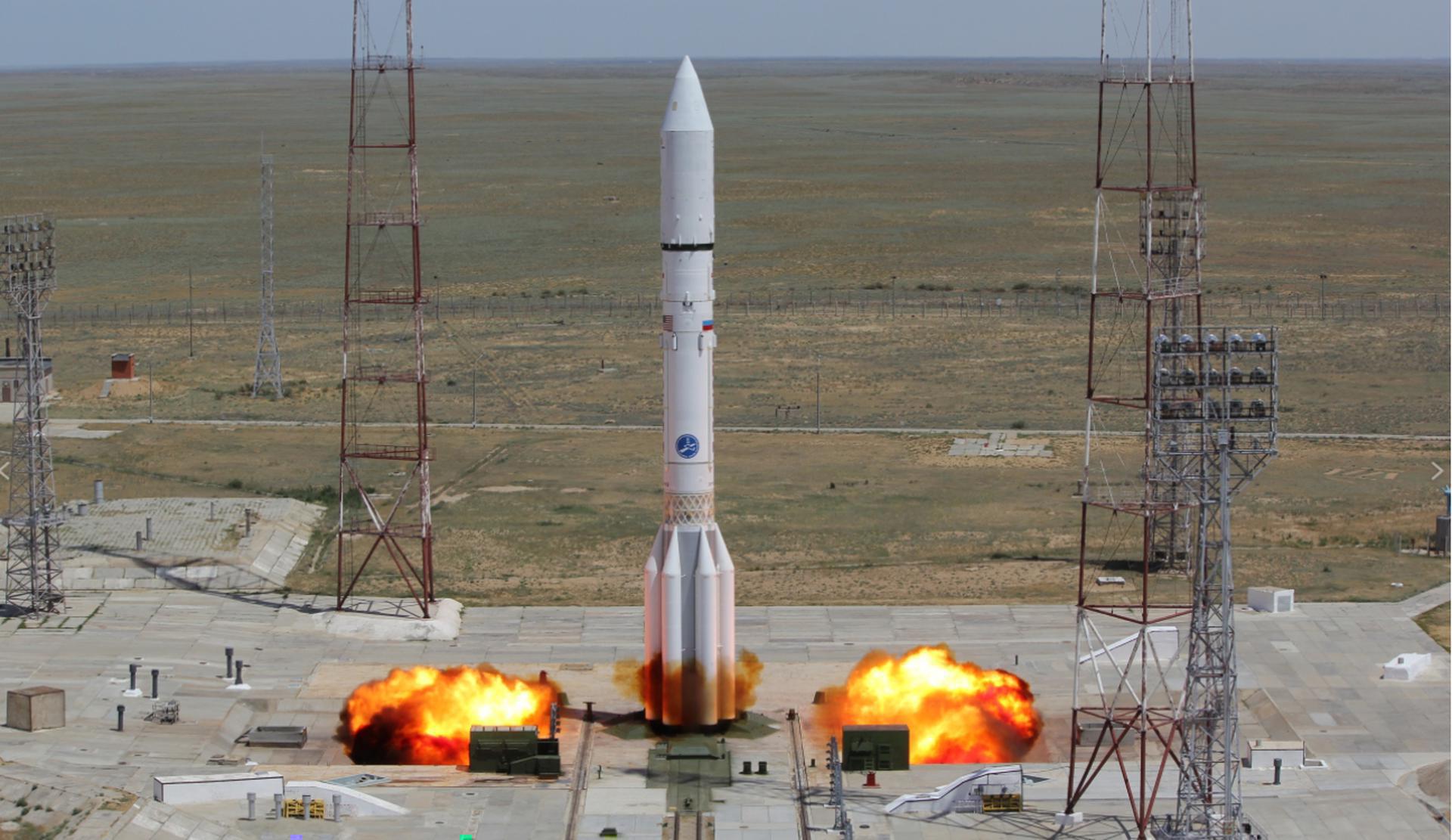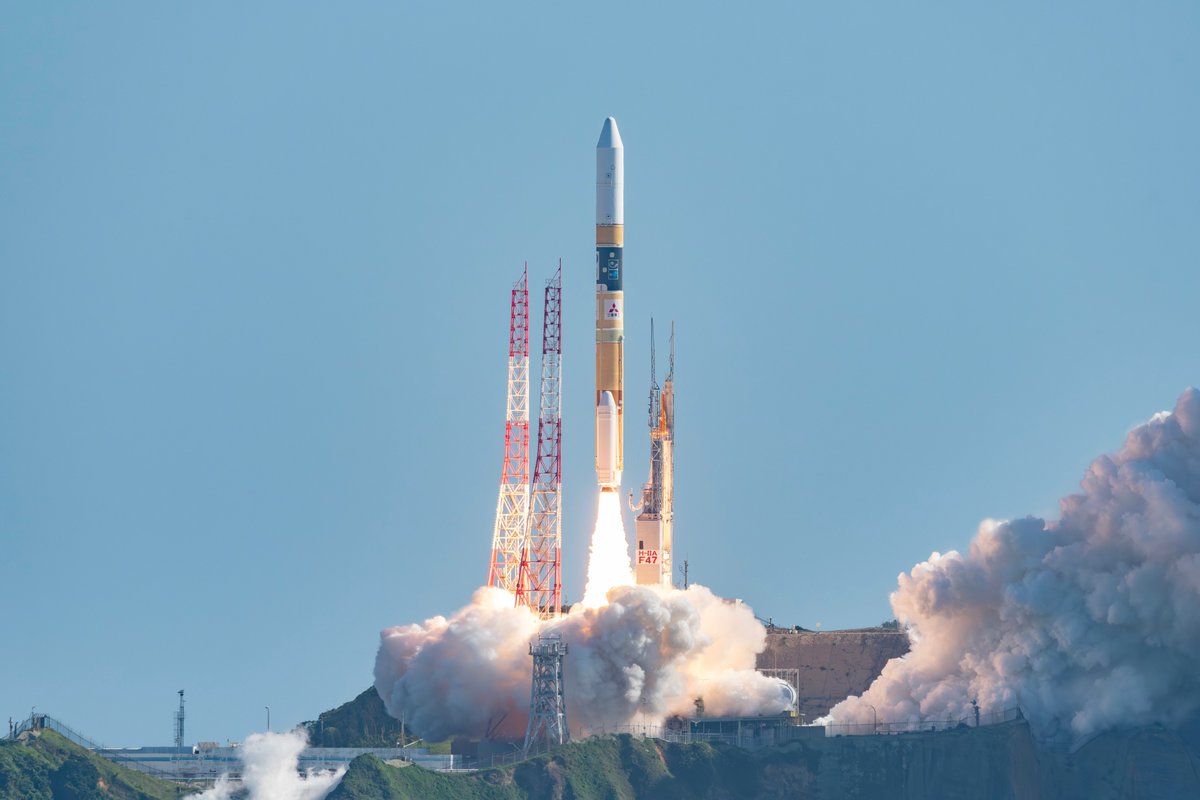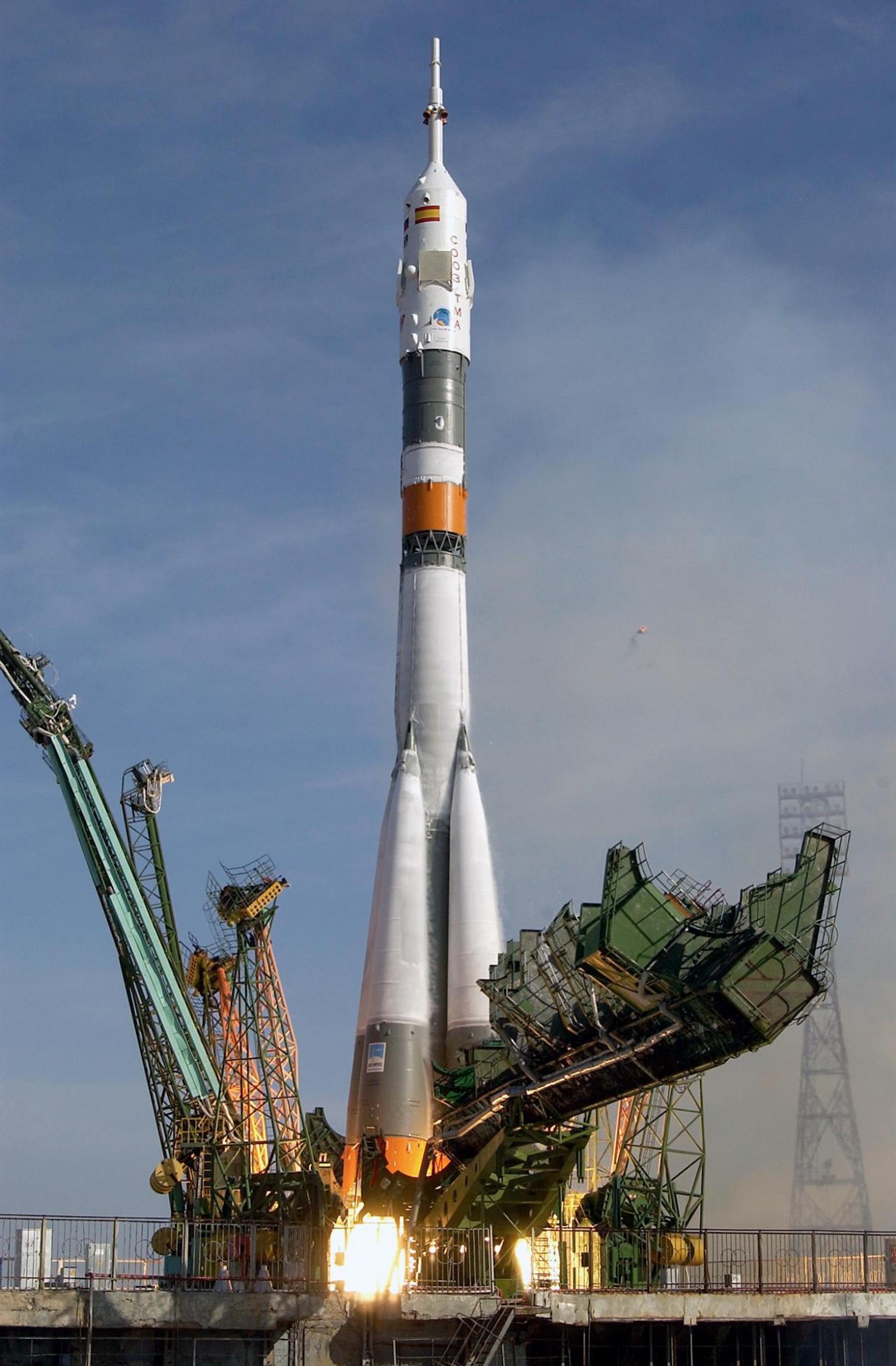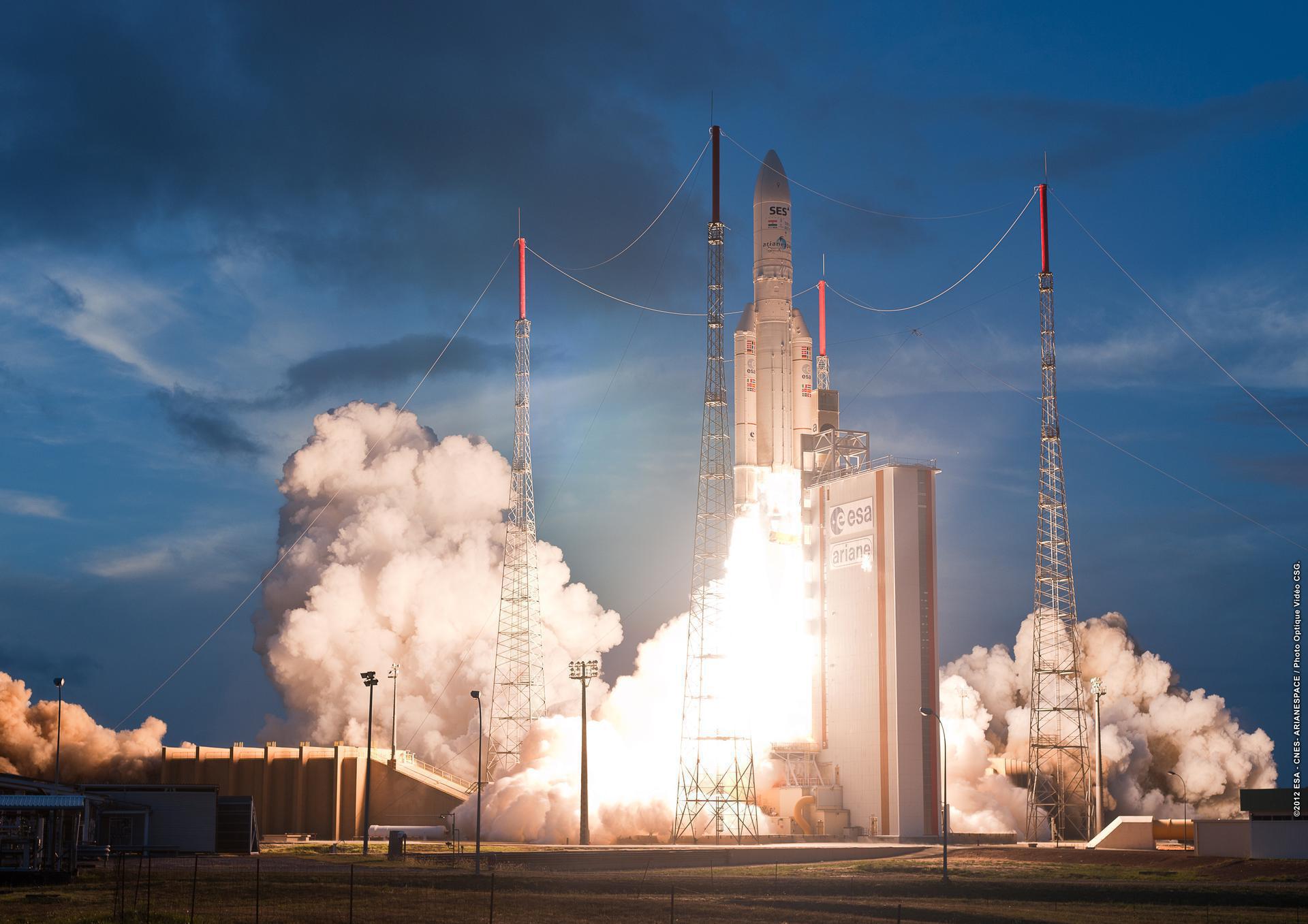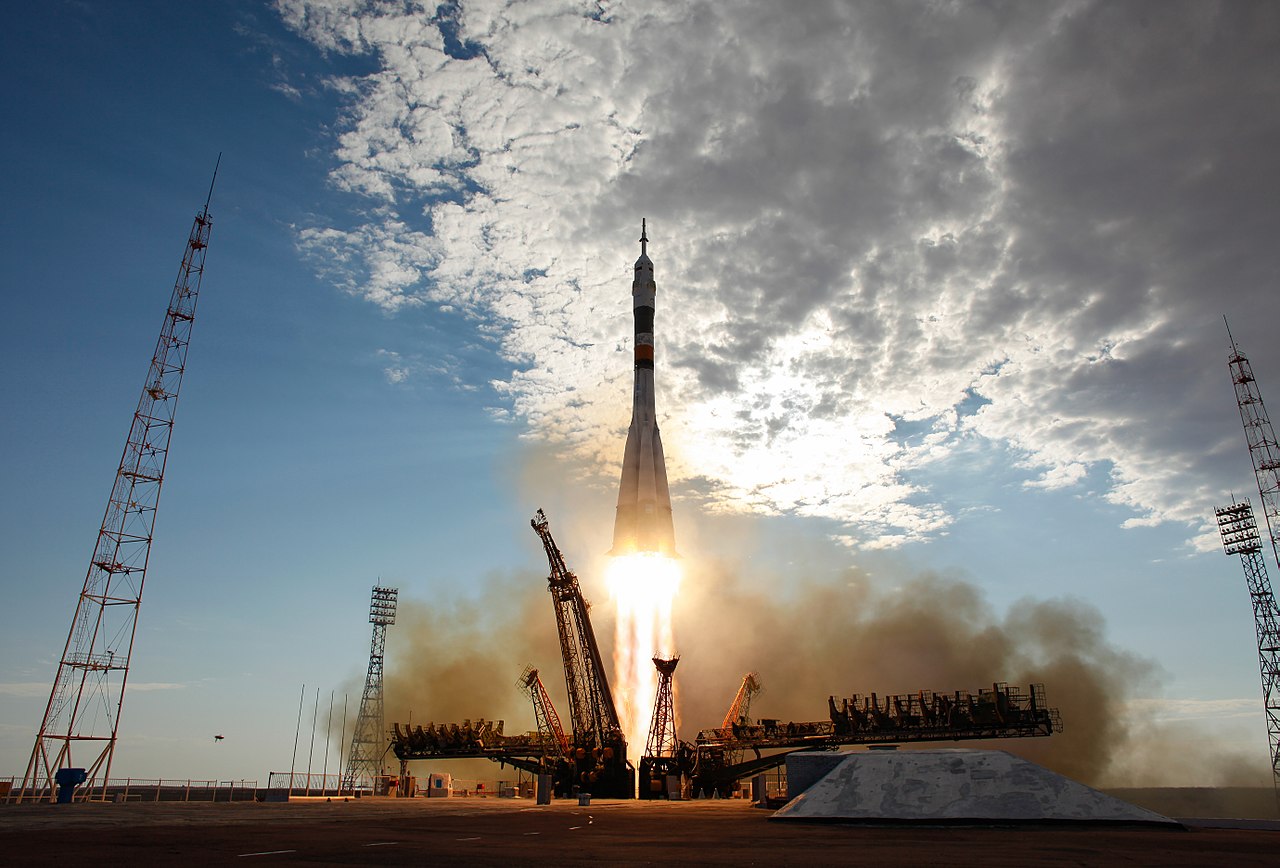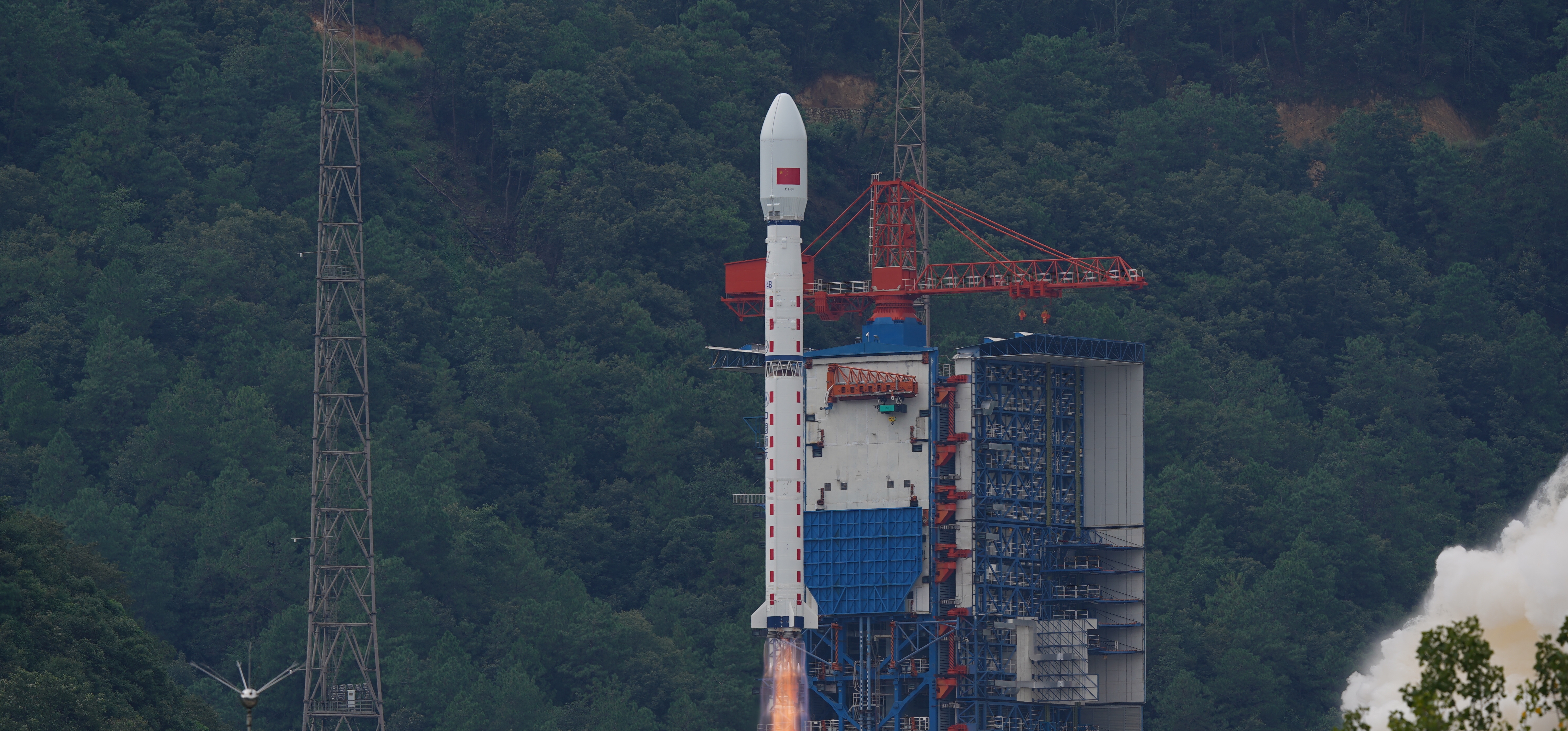Previous Spaceflight Launches
Filter by Agency, Locations or Vehicles
Show All LaunchesLong March 4C | Yaogan 15
China Aerospace Science and Technology Corporation | ChinaTaiyuan Satellite Launch Center, People's Republic of China
May 29, 2012, 7:31 a.m.
Long March 3B/E | Chinasat-2A
China Aerospace Science and Technology Corporation | ChinaXichang Satellite Launch Center, People's Republic of China
May 26, 2012, 3:56 p.m.
Safir 1B | Fajr
Iranian Space Agency | IranSemnan Space Center, Islamic Republic of Iran
May 23, 2012, midnight
Falcon 9 v1.0 | SpaceX COTS Demo Flight 2
SpaceX | United States of AmericaCape Canaveral SFS, FL, USA
May 22, 2012, 7:44 a.m.
Status: Launch Successful
Mission:
SpaceX COTS Demo Flight 2 (COTS 2), was the second test-flight for SpaceX's uncrewed Dragon cargo spacecraft, launched on the third flight of the company's two-stage Falcon 9 launch vehicle. The flight was performed under a funded agreement from NASA as the second Dragon demonstration mission in the Commercial Orbital Transportation Services (COTS) program. The purpose of the COTS program is to develop and demonstrate commercial sources for cargo re-supply of the International Space Station (ISS). The Dragon C2+ spacecraft was the first American vehicle to visit the ISS since the end of the Space Shuttle program. It was also the first commercial spacecraft to rendezvous and berth with another spacecraft.
Low Earth Orbit B0005 - Maiden Flight Atlantic OceanProton-M Briz-M | Nimiq 6
Khrunichev State Research and Production Space Center | RussiaBaikonur Cosmodrome, Republic of Kazakhstan
May 17, 2012, 7:12 p.m.
H-IIA 202 | GCOM-W1
Mitsubishi Heavy Industries | JapanTanegashima Space Center, Japan
May 17, 2012, 4:39 p.m.
Status: Launch Successful
Mission:
The GCOM-W (Global Change Observation Mission - Water) or Shizuku satellite aims to construct, use, and verify systems that enable continuous global-scale observations (for 10 to 15 years) of effective geophysical parameters for elucidating global climate change and water circulation mechanisms. Water circulation changes will be observed by a microwave radiometer onboard the GCOM-W (Water) satellite (scheduled to be launched in Japan Fiscal Year 2011). The GCOM-W will observe precipitation, vapor amounts, wind velocity above the ocean, sea water temperatures, water levels on land areas and snow depths. Climate change observation will be performed by a multi-wavelength optical radiometer onboard the GCOM-C (Climate) satellite (under consideration) on clouds, aerosol, seawater color (marine organisms), vegetation, snow and ice. These satellites will enable us to perform comprehensive observations of the surface layer of the Earth such as the atmosphere, including clouds, land, oceans and the cryosphere. The Advanced Microwave Scanning Radiometer 2 (AMSR2) is a sensor to observe radiometers, or microwaves emitted naturally from the ground, sea surface and atmosphere, using 6 different frequency bands ranging from 7 GHz to 89 GHz. The strength of a natural microwave is determined by its characteristics and moisture, including the surface condition and temperature of the material. Although it depends on the frequency, the microwave is very weak. AMSR2 will detect such weak microwaves at an altitude of 700 kilometers and measure the strength of them with a very high accuracy. For example, by measuring the strength of a microwave emitted from the sea surface with the AMSR2, one can understand the water temperature of the sea surface to an accuracy of 0.5 degrees Celsius.
Sun-Synchronous OrbitSoyuz-U | Kobalt-M No.8 (Kosmos-2480)
Russian Federal Space Agency (ROSCOSMOS) | RussiaPlesetsk Cosmodrome, Russian Federation
May 17, 2012, 2:05 p.m.
Ariane 5 ECA | JCSAT-13 & Vinasat-2
ArianeGroup | FranceGuiana Space Centre, French Guiana
May 15, 2012, 10:13 p.m.
Soyuz FG | Soyuz TMA-04M
Progress Rocket Space Center | RussiaBaikonur Cosmodrome, Republic of Kazakhstan
May 15, 2012, 3:01 a.m.
Status: Launch Successful
Mission:
Soyuz TMA-04M begins expedition 31 by carrying 3 astronauts and cosmonauts to the International Space Station. Russian Commander, cosmonaut Gennady Padalka alongside Flight Engineers, Sergei Revin (RSA) & Joseph M. Acaba (NASA) will launch aboard the Soyuz spacecraft from the Baikonur Cosmodrome in Kazakhstan and then rendezvous with the station. It landed on 17 September 2012, 02:53 UTC
Low Earth OrbitLong March 4B | Yaogan 14 & Tiantuo 1
China Aerospace Science and Technology Corporation | ChinaTaiyuan Satellite Launch Center, People's Republic of China
May 10, 2012, 7:06 a.m.
